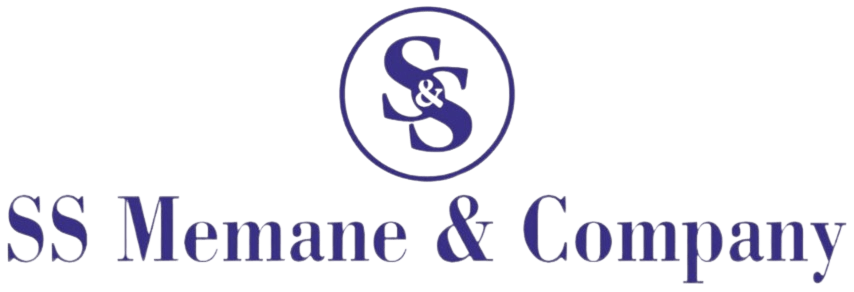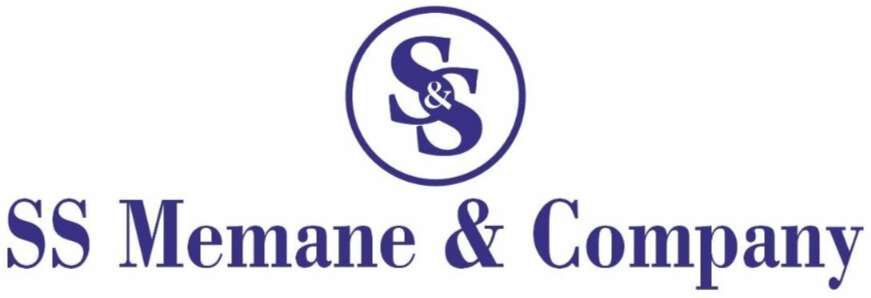Trademark Objection
Quick Contact
Documents Required
- Pan Card
- Bank Account Details
- Aadhaar Card
- Business Address Proof
- GSTIN (if applicable)
Trademark Objection
A trademark objection is a preliminary refusal issued by the Trademark Registrar during the trademark registration process. It occurs when the Registrar finds issues with the trademark application that could prevent the trademark from being registered. The objection is typically raised if the trademark is deemed to be non-distinctive, similar to an existing mark, deceptive, or against the legal standards set by the Trademarks Act, 1999.
Receiving a trademark objection does not mean that the application is rejected outright; instead, it allows the applicant to respond and clarify or defend their trademark application.
Common Reasons for Trademark Objection
Similarity with Existing Trademarks:
The trademark is similar or identical to an already registered trademark, which could cause confusion among consumers.
Lack of Distinctiveness:
The trademark is not distinctive enough and is generic, descriptive, or incapable of distinguishing the applicant’s goods or services from others.
Misleading or Deceptive Marks:
The trademark is misleading or deceptive in nature, which could confuse the public about the nature, quality, or origin of the goods or services.
Prohibited Marks:
The trademark contains words or symbols that are prohibited under the Emblems and Names (Prevention of Improper Use) Act, 1950, or are against public policy.
Incorrect Classification:
The trademark is filed under an incorrect class or is not properly categorized according to the NICE classification system.
Incomplete or Incorrect Information:
The application contains errors, such as incorrect applicant details, incomplete description of goods or services, or missing documents.
Required Documents:
Response to the Examination Report:
A detailed reply addressing the objections raised in the examination report.
Affidavit of Use (if applicable):
An affidavit stating the date of first use of the trademark and providing evidence of its use in commerce.
Supporting Documents:
Proof of the trademark’s distinctiveness, such as invoices, advertisements, brochures, or any other documents showing the mark’s use in the market.
Authorization Documents:
Power of Attorney (if the response is being filed by an attorney or agent on behalf of the applicant).
Legal Precedents:
References to similar cases where objections were successfully overcome.
Amended Application (if required):
An amended application or classification, if the objection pertains to errors or misclassifications in the original application.
Steps to Respond to a Trademark Objection
Examine the Objection Notice:
Carefully read the trademark objection notice to understand the grounds on which the objection has been raised. The notice will contain detailed reasons and sections of the law under which the objection falls.
Consult a Trademark Attorney:
It’s advisable to consult with a trademark attorney who can provide expert guidance on how to draft a response and address the objection effectively.
Draft a Response:
Prepare a detailed response (also known as a reply to the examination report) addressing each point of objection raised by the Registrar. The response should include:
Justification of the trademark’s distinctiveness.
Evidence of prior use (if applicable) to establish that the trademark has been in use and has acquired distinctiveness.
Legal precedents and arguments supporting the registration of the trademark.
Clarifications or amendments to the application, if required.
File the Response:
Submit the response online through the IP India website or manually at the Trademark Registry Office within the stipulated time frame (usually 30 days from the receipt of the objection notice).
Attend the Hearing (if required):
If the Registrar is not satisfied with the written response, a hearing may be scheduled. Attend the hearing with your attorney, presenting arguments and evidence to support your case.
Await the Decision:
After the response or hearing, the Registrar will review the case and make a decision. If the Registrar is convinced, the objection will be waived, and the application will proceed to the next stage. If the objection is not waived, the application may be rejected, but the applicant has the option to appeal the decision.
- Copyright 2024 © SS Memane || Designed By || Mr. Sunil Memane


